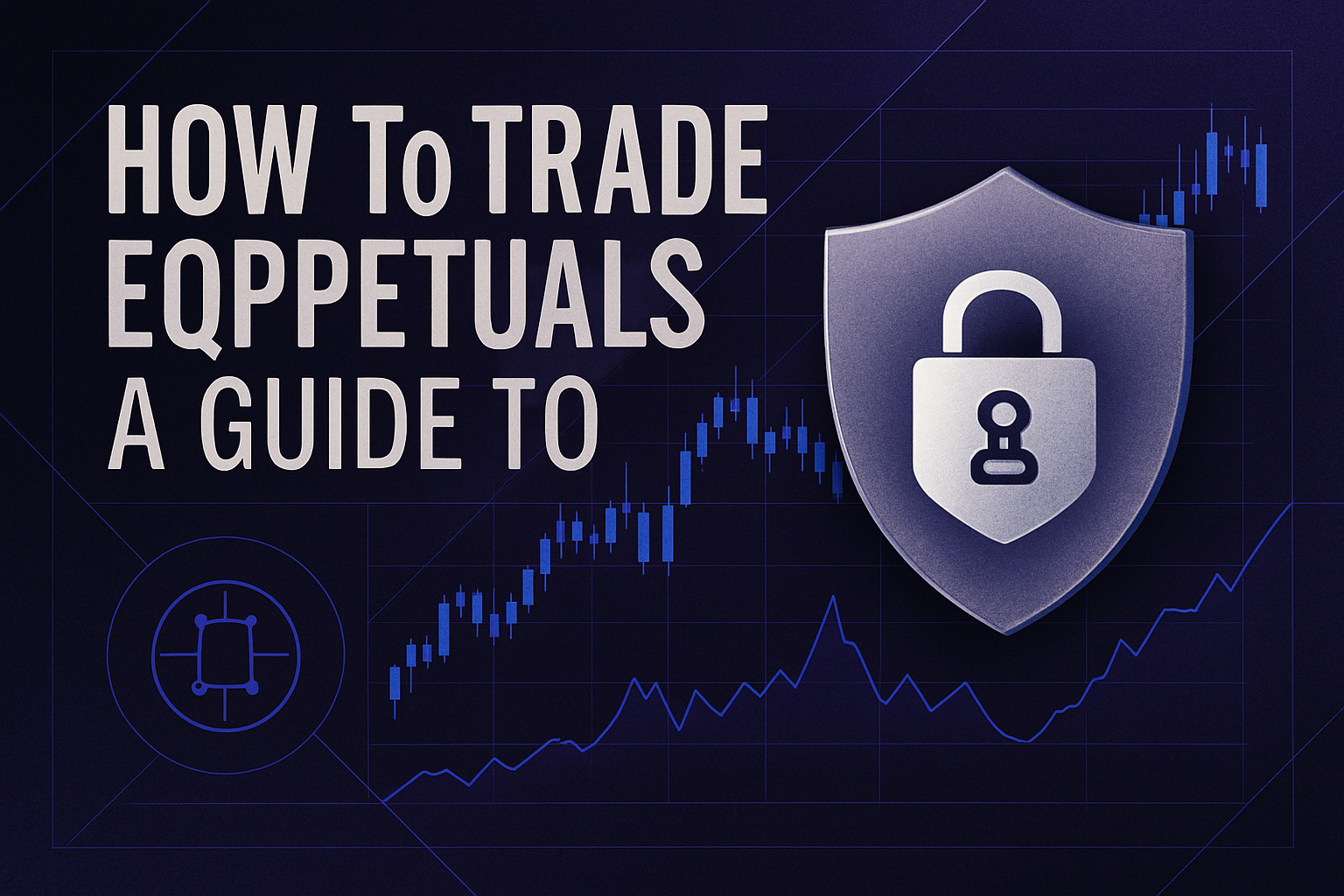
In the decentralized derivatives arms race, two platforms have rapidly become focal points for traders seeking the best in perpetual contract trading: Aster and Hyperliquid. Their rivalry is not just about volume or token price. It is a contest of architectures, liquidity strategies, and visions for the future of DeFi derivatives. As of September 2025, both are reshaping what it means to trade perps on-chain, but their approaches diverge in ways that have significant implications for users.
Aster’s Meteoric Rise: Disruptor or Hype?
Aster DEX stormed onto the scene with a native token (ASTER) that surged more than 1,200% shortly after launch, reaching a market capitalization near $2 billion. This explosive debut was amplified by speculation around Binance founder Changpeng Zhao’s involvement and an aggressive airdrop campaign. In mere days, Aster’s total value locked (TVL) soared to $782 million – an extraordinary feat for any DeFi protocol.

What truly distinguishes Aster from its competitors is its multi-chain support. Unlike most Perp DEXs that remain siloed to a single blockchain, Aster is natively deployed across BNB Chain, Ethereum, Solana, and Arbitrum. This approach not only broadens accessibility but also strategically positions Aster to tap liquidity from several thriving ecosystems. According to BTCC, this multi-chain reach is foundational to its appeal among power users and newcomers alike.
The platform also innovates with its dual trading modes: ‘Simple Mode’ enables one-click AMM-based trades without MEV risk – perfect for those seeking speed and ease – while ‘Pro Mode’ introduces advanced features like hidden orders and grid trading. But perhaps the most headline-grabbing feature is Aster’s introduction of 24/7 stock perpetual contracts settled in crypto. Names like Tesla and Nvidia can now be traded alongside ETH or SOL perps, blurring the line between TradFi and DeFi in a way few protocols have dared attempt.
Hyperliquid: The Blue-Chip Standard in Perpetual Trading
If Aster embodies disruption, then Hyperliquid stands as the sector’s blue-chip incumbent. By mid-2025, Hyperliquid commanded an imposing 73% market share among Perp DEXs with $320 billion in monthly trading volume and $86.6 million protocol revenue in July alone (AInvest). Its dominance is underpinned by a robust proprietary Layer 1 blockchain designed specifically for high-frequency derivatives trading – ensuring speed, transparency, and scalability at levels most EVM-based rivals struggle to match.
The asset selection on Hyperliquid is unmatched: over 130 pairs are available for perpetuals alone. Traders seeking leverage find up to 1001x available on select markets (AICoin). This focus on breadth and performance has made it the go-to venue for serious perp traders who demand reliability above all else.
A Deep Dive: Perp DEX Architecture and Liquidity Strategies
The architectural differences between these two giants are more than technical footnotes; they shape user experience at every level:
Key Differences: Aster vs. Hyperliquid Perp DEX Models
-
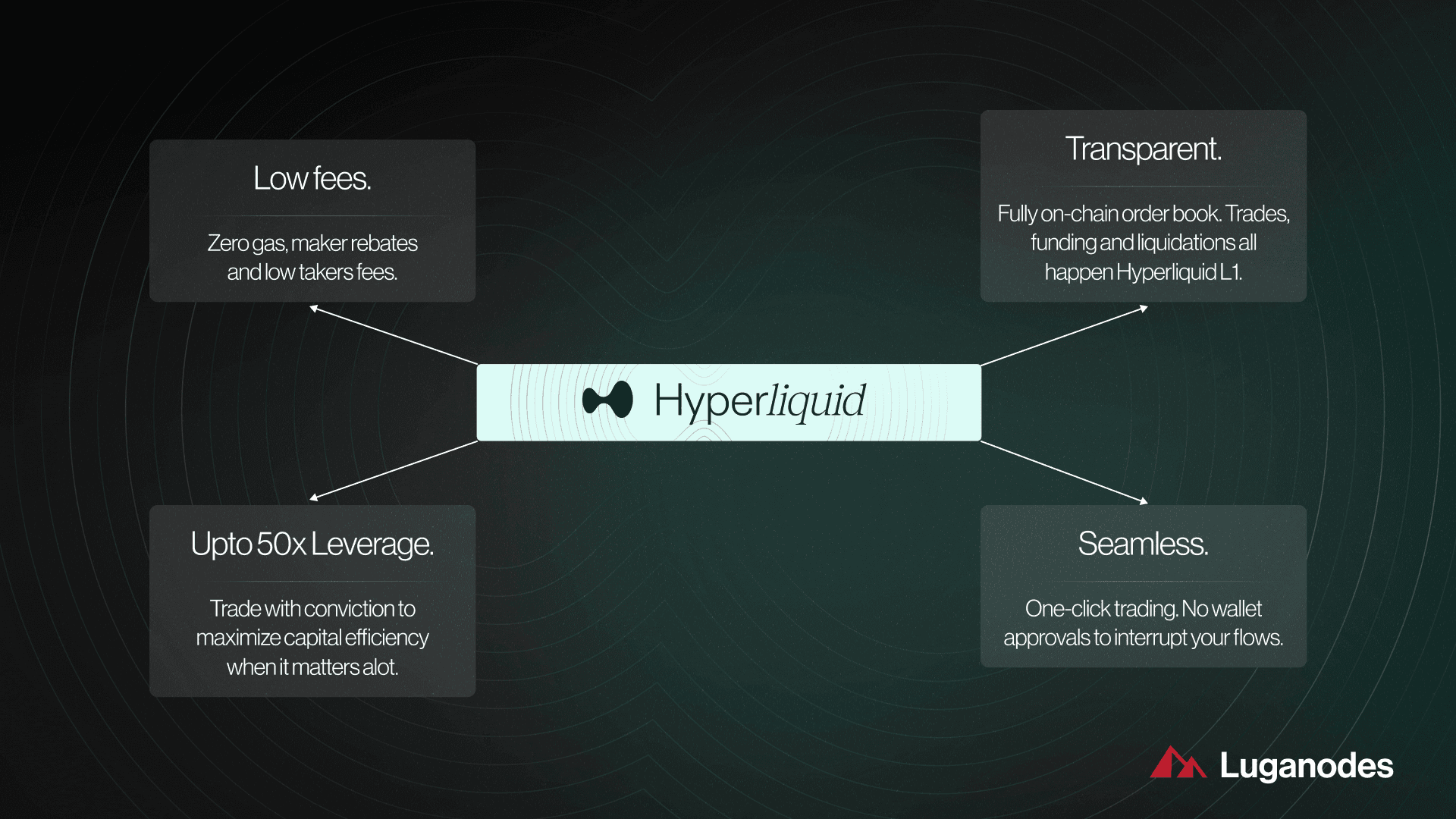
Multi-Chain Support (Aster) vs. Single-Chain Architecture (Hyperliquid): Aster operates natively across multiple blockchains (BNB Chain, Ethereum, Solana, Arbitrum), enhancing accessibility and cross-chain liquidity. In contrast, Hyperliquid uses a proprietary Layer 1 blockchain, focusing on speed, scalability, and a unified trading environment.
-

Trading Mechanisms: vAMM/Oracle Pools (Aster) vs. Order Book (Hyperliquid): Aster utilizes a virtual Automated Market Maker (vAMM) and oracle-based pricing pools, enabling MEV-free, one-click trades and innovative trading modes. Hyperliquid employs a centralized order book model on its chain, offering deep liquidity and fast execution similar to centralized exchanges.
-
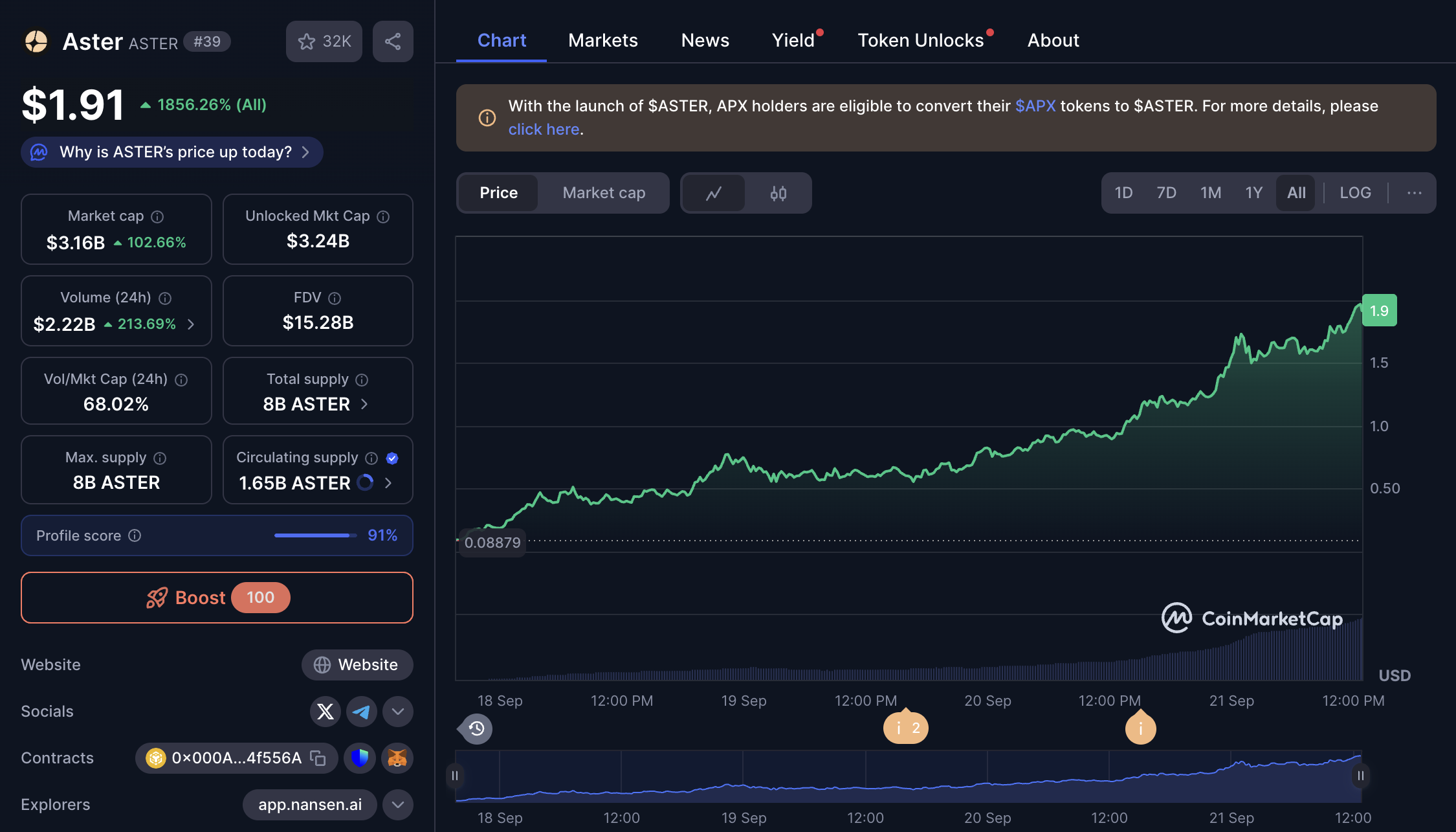
Asset Coverage and Innovation: Aster introduces 24/7 stock perpetual contracts for major US equities (e.g., Tesla, Nvidia), all settled in crypto, bridging traditional and crypto markets. Hyperliquid focuses on crypto assets with support for over 130 trading pairs and up to 1001x leverage, appealing to high-risk traders.
-
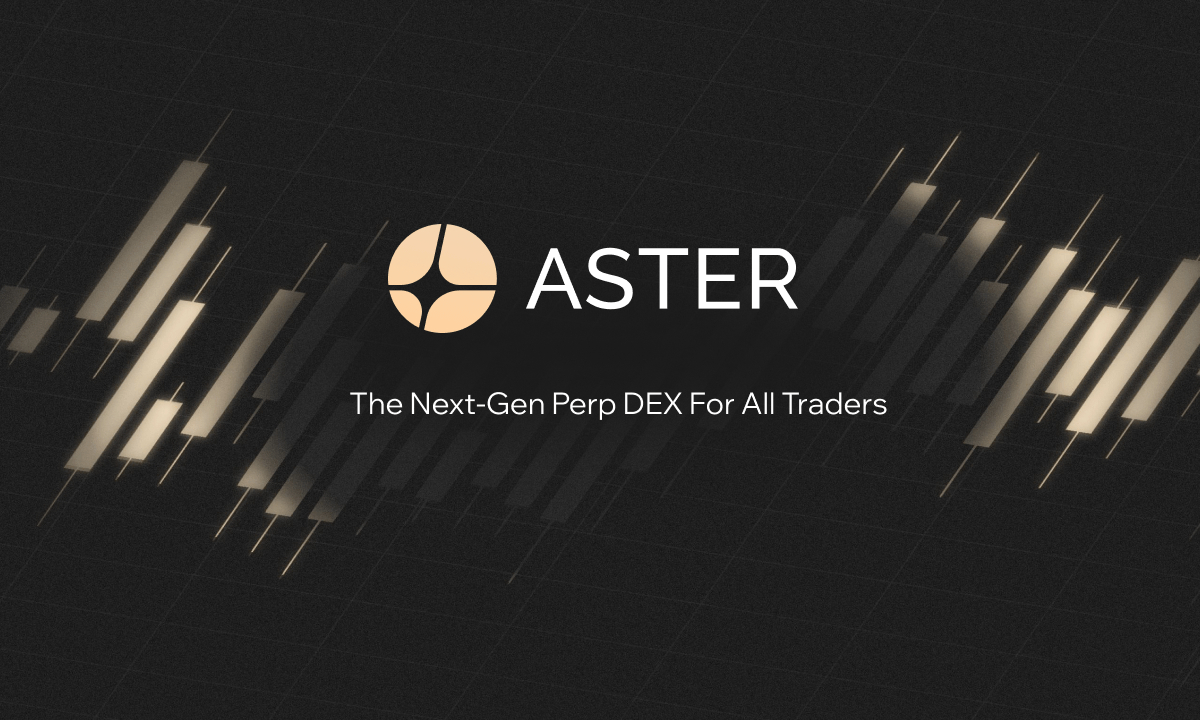
User Experience: Dual Trading Modes (Aster) vs. Advanced Pro Tools (Hyperliquid): Aster offers both Simple Mode (for quick, MEV-free trades) and Pro Mode (with advanced tools like grid trading and hidden orders). Hyperliquid caters to experienced traders with professional-grade tools and a familiar order book interface.
-
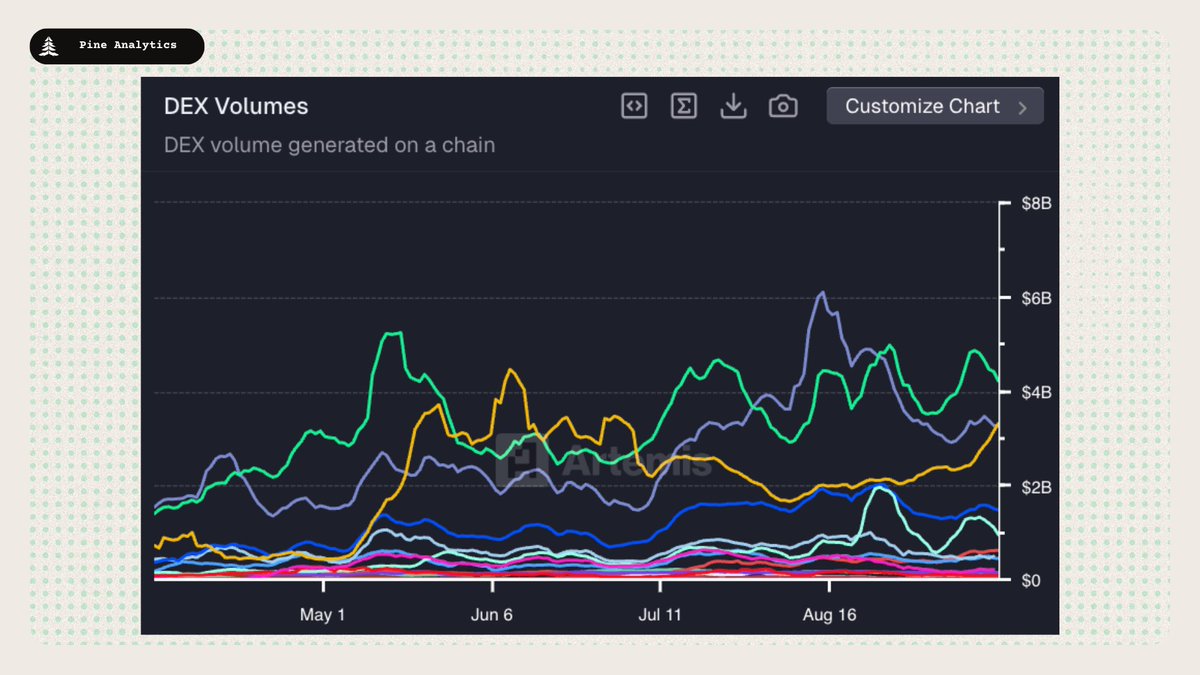
Market Position and Growth: As of September 2025, Hyperliquid leads with 73% DEX market share and $320 billion in monthly volume, reflecting its established dominance. Aster, however, has rapidly gained traction—its token surged 1,200% post-launch to a $2 billion market cap, and its TVL reached $782 million within days, signaling strong momentum.
- Order Book vs vAMM/Oracle Pools: Hyperliquid operates a traditional order book model on its own chain – ideal for deep liquidity and tight spreads but reliant on active market makers. In contrast, Aster leverages virtual AMMs (vAMMs) combined with oracle pools across multiple chains; this allows for MEV-resistant trades but can sometimes result in wider spreads during volatility.
- Liquidity Provision: Hyperliquid incentivizes professional market makers directly through fee rebates and exclusive programs. Meanwhile, Aster democratizes liquidity provision via LP tokens across chains – a strategy that has helped it quickly amass TVL but may introduce fragmentation risks if cross-chain bridges falter.
- User Experience: With Simple Mode’s one-click swaps versus Pro Mode’s advanced toolset on Aster, new entrants find onboarding less intimidating compared to Hyperliquid’s pro-focused interface built around deep analytics and custom bots.
- Synthetic Stock Perps: Only Aster currently offers blue-chip US equity perpetuals tradable around the clock against crypto collateral – an innovation likely to attract TradFi migrators seeking non-stop exposure outside legacy hours.
The Impact of Explosive Growth and Tokenomics
The rapid ascent of ASTER has sparked debate about sustainability versus hype-driven speculation. The initial surge saw ASTER’s price skyrocket over 1,200%, driven by both retail FOMO and high-profile backers (Coinpedia). Yet beyond price action lies the question of whether such momentum can be maintained as incentives normalize post-airdrop – or if TVL will migrate back toward established players like Hyperliquid as market conditions shift.
For traders, the calculus is nuanced. Aster’s airdrop and rapid TVL growth have created an environment ripe for opportunity, but also for volatility. The influx of new users and liquidity providers can lead to outsized rewards in the short term, especially as the protocol competes aggressively on incentives. However, as these incentives taper or if cross-chain bridges encounter friction, some capital may inevitably flow back to more established venues.
Hyperliquid, by contrast, offers a different kind of reassurance: stability borne from scale and proven infrastructure. Its fee structure and market maker programs are designed to attract sophisticated participants who prioritize uptime and predictable execution over novelty. The introduction of its own stablecoin (USDH) and continued expansion of tradable pairs further cement its position as the default for high-volume perpetual trading.
What This Means for Traders: Choosing Between Innovation and Reliability
The choice between Aster DEX and Hyperliquid ultimately comes down to individual trading goals and risk profiles:
Aster DEX vs Hyperliquid: Pros & Cons for Different Traders
-
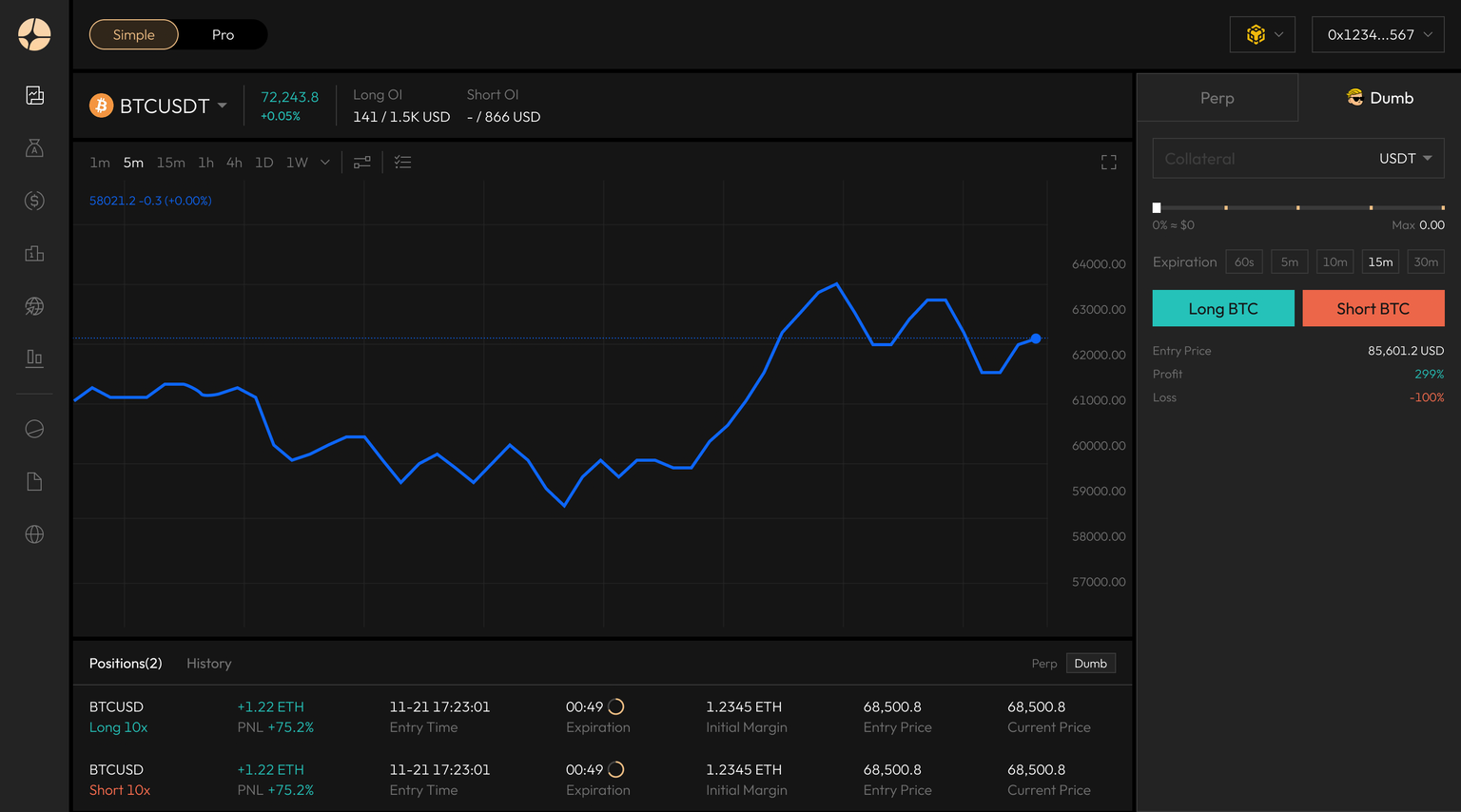
Aster DEX: Best for Multi-Chain and Stock Perp TradersAster offers native support across BNB Chain, Ethereum, Solana, and Arbitrum, making it ideal for users who value cross-chain flexibility. Its unique stock perpetual contracts (e.g., Tesla, Nvidia) allow 24/7 crypto-settled equity trading, appealing to traders seeking exposure to both crypto and traditional assets. The Simple Mode is tailored for beginners, while Pro Mode adds advanced tools for seasoned users. However, as a newer platform, Aster may carry higher platform risk and less battle-tested liquidity compared to incumbents.
-
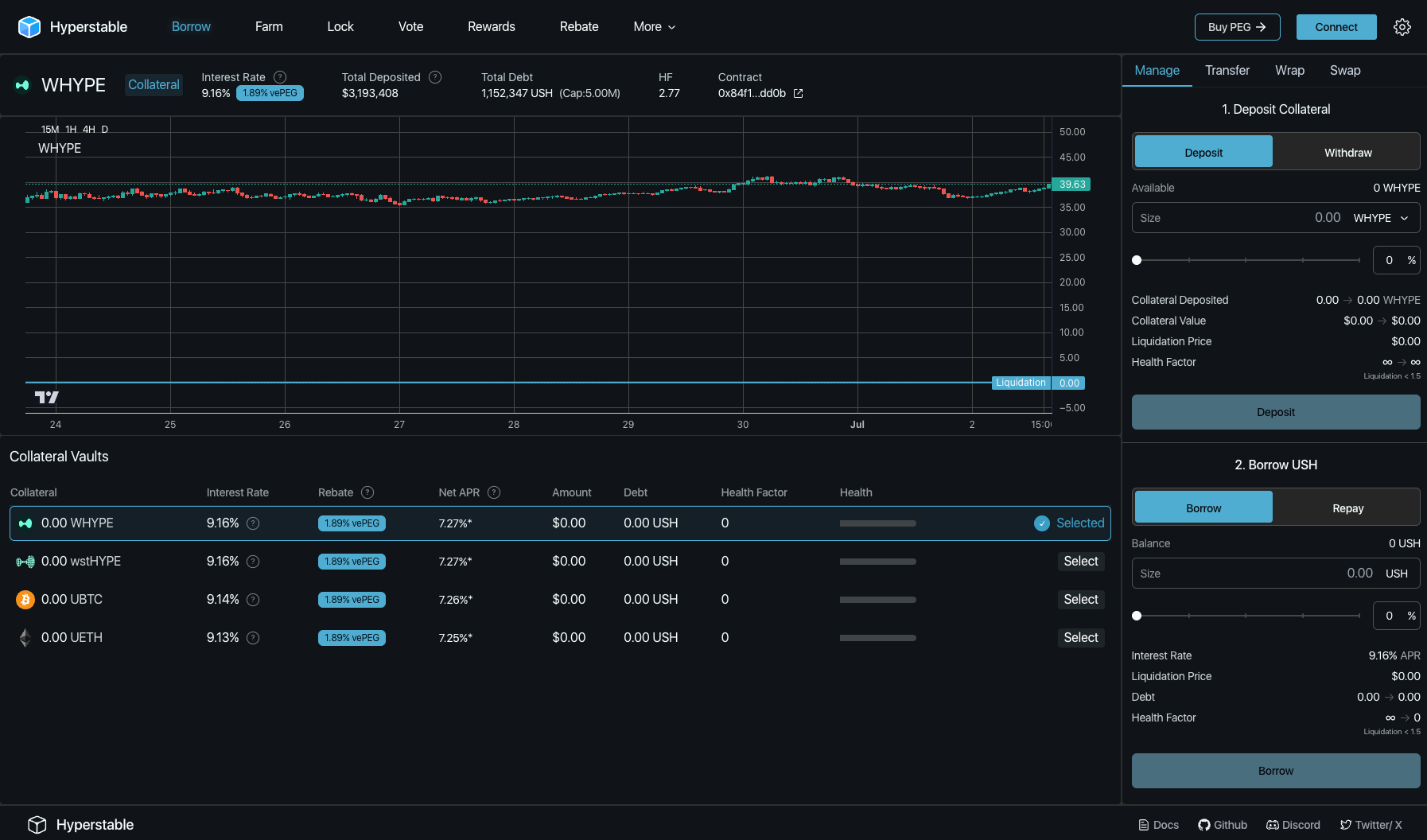
Hyperliquid: Preferred by High-Volume and Pro Perp TradersWith 73% market share and $320 billion in July 2025 trading volume, Hyperliquid is the established leader in Perp DEXs. Its proprietary Layer 1 blockchain delivers high performance and transparency. Hyperliquid boasts support for 130+ assets and offers up to 1001x leverage, making it a top pick for high-frequency and professional traders. The single-chain focus may limit cross-chain opportunities but ensures speed and deep liquidity.
-
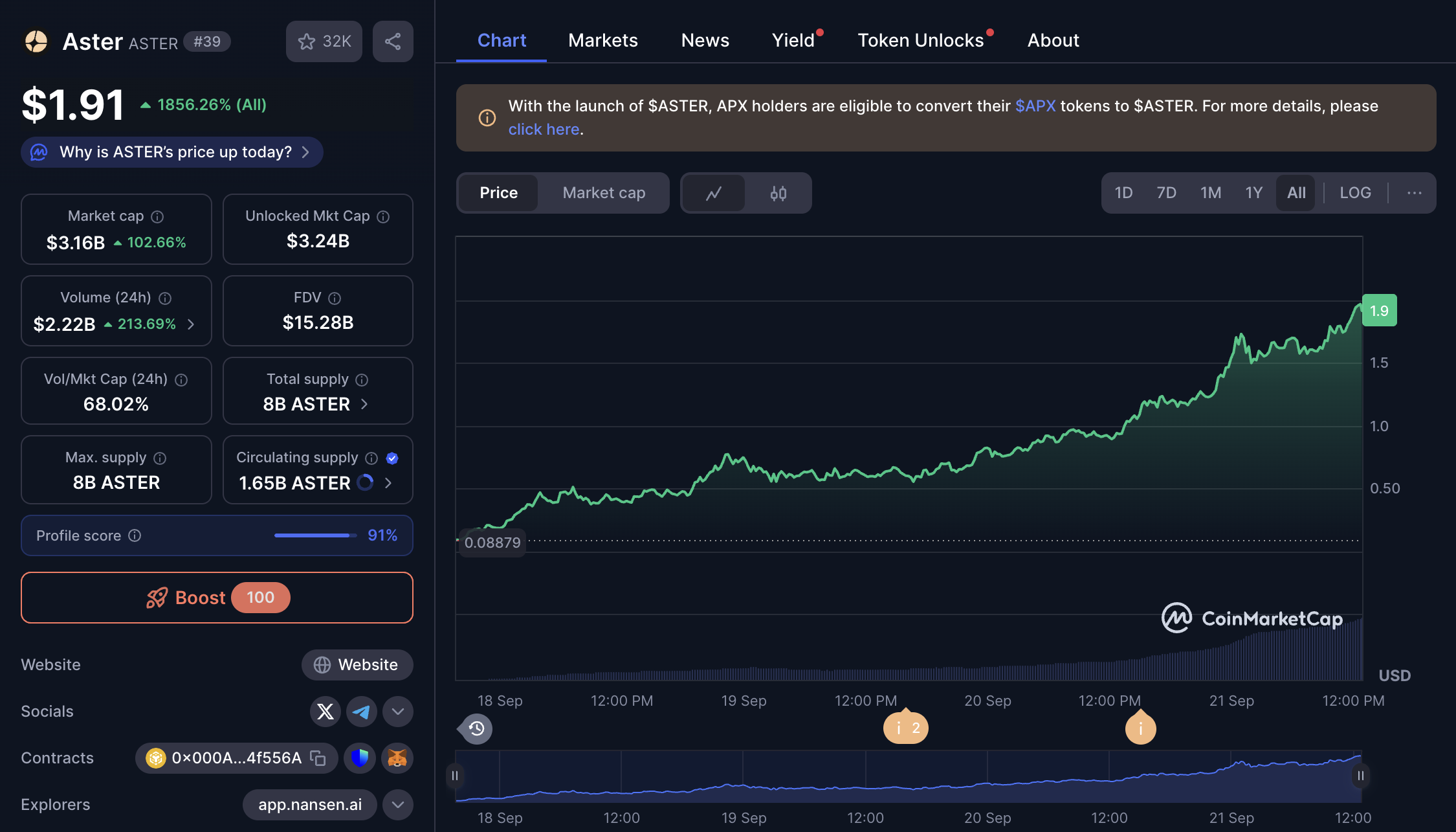
Aster: Rapid Growth, but Less Proven Track RecordAster’s TVL soared to $782 million and its token surged 1,200% shortly after launch, reflecting strong momentum and community interest. Backing by high-profile figures like CZ has fueled speculation. However, as a recent entrant, Aster’s long-term reliability, security, and liquidity depth remain to be fully tested.
-
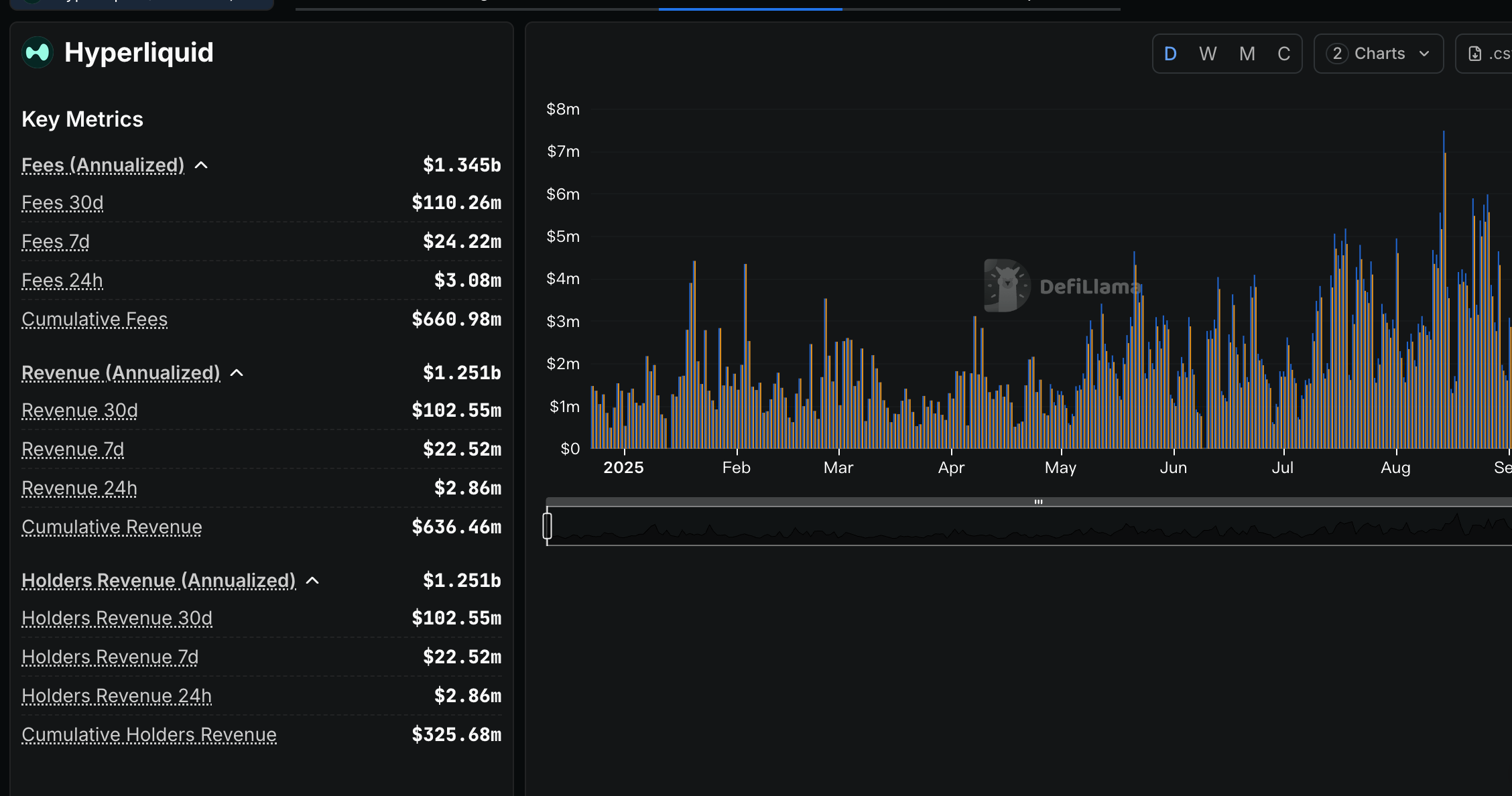
Hyperliquid: Deep Liquidity and Security, But Limited InnovationHyperliquid’s robust infrastructure and $86.6 million in protocol revenue (July 2025) provide confidence for large traders. Its platform is considered secure and efficient. However, it lacks innovative features like Aster’s stock perps or multi-chain support, which may limit its appeal to traders seeking new opportunities or cross-chain flexibility.
-
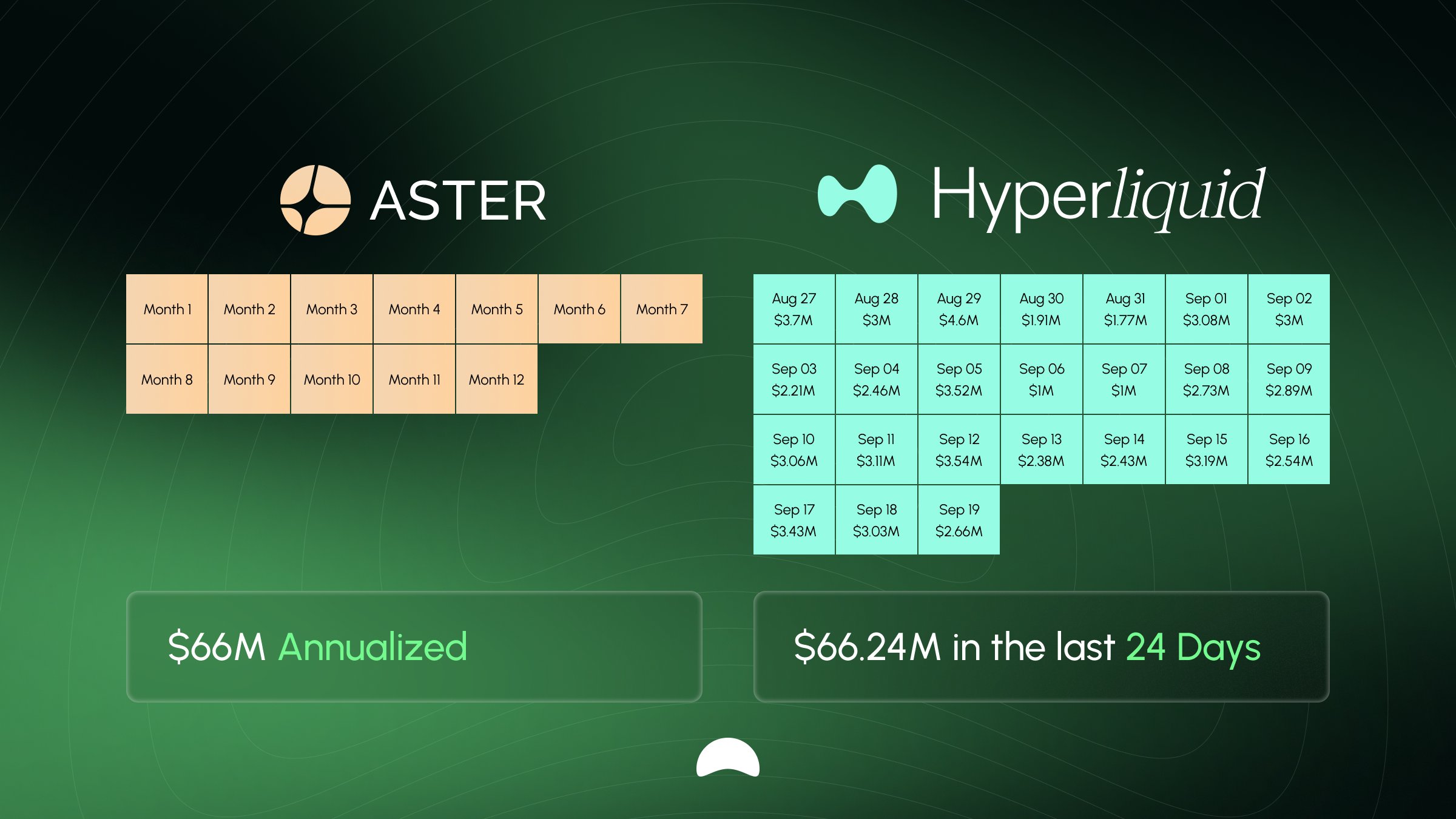
Choosing Based on Trader TypeBeginner or Multi-Chain User: Aster’s Simple Mode and cross-chain access lower the entry barrier.Traditional Asset Enthusiast: Aster’s stock perpetuals offer unique exposure.Professional or High-Leverage Trader: Hyperliquid’s deep order books, high leverage, and proven reliability are unmatched.Liquidity Seeker: Hyperliquid remains the go-to for the deepest liquidity and tightest spreads.
Active DeFi natives may find Aster’s multi-chain access, innovative products like synthetic stock perps, and flexible liquidity provision compelling, especially during periods of high incentive emissions or when seeking exposure outside traditional crypto assets. Meanwhile, institutional participants or algorithmic traders who value deep liquidity, tight spreads, and robust infrastructure will likely gravitate toward Hyperliquid’s order book model.
Liquidity fragmentation is a real concern in multi-chain models like Aster’s; while it enables broader reach, it may introduce latency or pricing inefficiencies if not managed carefully. Conversely, Hyperliquid’s single-chain approach ensures optimal performance but may limit composability with other DeFi protocols outside its ecosystem.
Looking Ahead: The Roadmap for Perpetual DEXs
The arms race between these platforms is far from over. As new features roll out, such as enhanced cross-margining on Hyperliquid or expanded real-world asset listings on Aster, the landscape will continue to shift beneath traders’ feet. Both teams are investing heavily in protocol security audits, UI improvements, and community engagement to build lasting moats.
For those tracking sectoral trends, it’s worth noting that Hyperliquid remains the leader in daily fee generation, a testament to its sticky user base even as upstarts like Aster surge ahead in TVL metrics (Bitrue). This dynamic underscores a key lesson: volume alone does not guarantee dominance, protocol design, user incentives, and reputation matter just as much.
Key Takeaways: Navigating the Next Era of Perp Trading
- Aster DEX vs Hyperliquid: Multi-chain innovation versus single-chain reliability, each with distinct advantages depending on your strategy.
- Liquidity Strategies Matter: Order book depth favors pros on Hyperliquid; democratized LPs drive early returns (and risks) on Aster.
- Synthetic Stock Perps Are Here: Aster’s 24/7 US equity perps are pioneering TradFi-DeFi convergence, expect more competitors soon.
- Tokenomics Remain Volatile: ASTER’s initial run-up was extreme; sustainability hinges on long-term utility beyond speculative interest.
- User Experience Is Diverging: Simple Mode vs Pro Mode (Aster) lowers barriers for retail; analytics-rich UIs (Hyperliquid) cater to advanced quants.
“The battle between Aster and Hyperliquid isn’t just about who has the most users or highest TVL, it’s about which vision for decentralized perpetuals will define the next decade. ”: Natalie Greer
As DeFi derivatives mature, expect even sharper differentiation across platforms, not just in features but in philosophy. For now, both Aster and Hyperliquid offer compelling value propositions at opposite ends of the innovation-maturity spectrum. Savvy traders will keep one eye on protocol fundamentals, and another on where real liquidity flows next.


